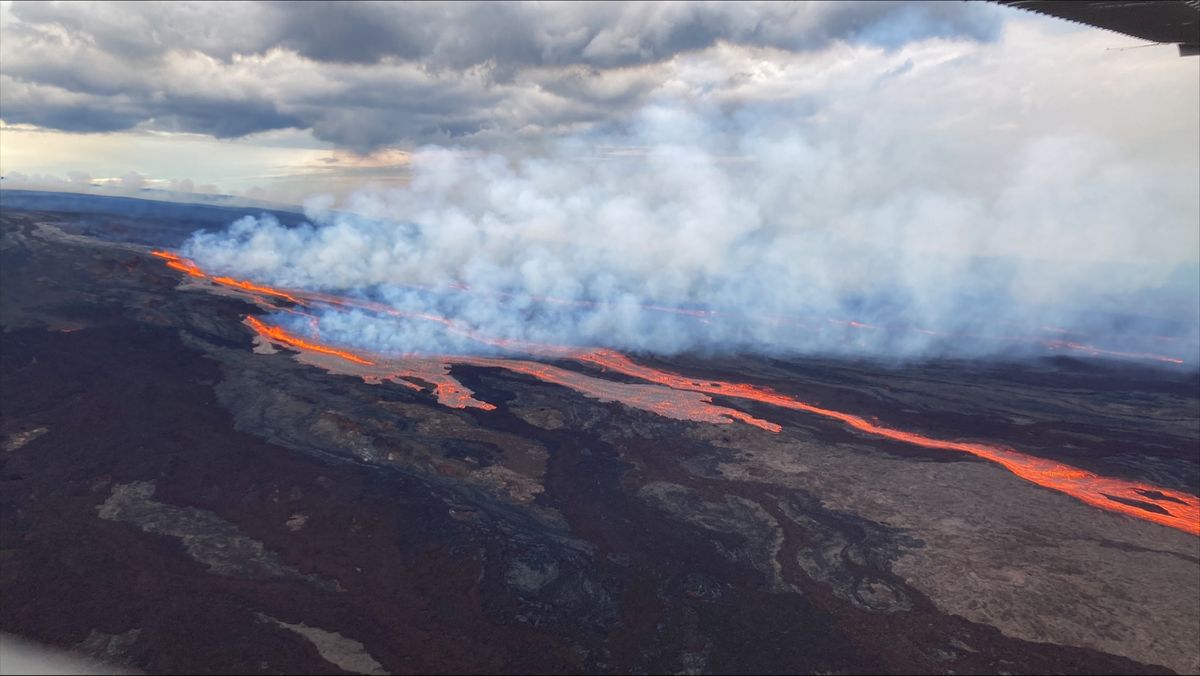
A honeybee collecting pollen from California poppies
Shutterstock/sumikophoto
The electromagnetic fields emitted from transmission towers – like those that support overhead power lines that transport power from energy plants to cities – mess with honeybees’ pollinating abilities. This disruption could have a significant impact on the biodiversity in these environments as well.
Honeybees often rely on natural electromagnetic fields (EMFs) to navigate their surroundings – they have a specialised magnetoreception system in their abdomens. A growing body of research has already suggested that exposure to artificial EMFs can be disorienting for honeybees, sometimes causing them to get lost on their way home from foraging, and even leaving entire colonies without enough foragers to survive in some cases.
Gabriel Ballesteros at the University of Talca in Chile, and his colleagues exposed 100 honeybees (Apis mellifera) to different levels of high-voltage, low-frequency EMFs in a lab for 3 minutes at a time. Compared with honeybees exposed to low levels, those subjected to more intense EMFs produced about 50 per cent more heat-shock proteins – normally elicited by high heat, these molecules protect cells from stress. The researchers also saw a significant decrease in the expression levels of genes associated with the bees’ abilities to forage, form memories and navigate.
The researchers also observed honeybees in the wild in Quinamávida, Chile, and compared populations in areas with active or inactive high-voltage towers. They found that, for selected honeybees close to active transmission towers, heat-shock protein numbers doubled after just 5 minutes. Honeybees near active high-voltage towers also visited the surrounding California poppy plants (Eschscholzia californica) only a third as often as those not exposed to EMFs.
“The bees were avoiding the flowers that were located in the proximity of the overhead lines,” says Ballesteros. “They sort of flew towards the flowers, but then they just prefer to stay away.” He says that plant populations were also less varied and abundant in those same areas.
This might not be the whole picture, according to Henry Lai and his colleague B. Blake Levitt at the University of Washington in Seattle, who have studied the effects of EMFs on plants and animals. They say the study only looks at one kind of EMF exposure in the wild, but it is rare today to find an environment with just a single source of EMFs. For instance, cell phone antennas emitting radio-frequency radiation are sometimes mounted directly on high-tension transmission towers so honeybees are often experiencing multi-frequency exposure. Even emissions from the researcher’s cell phones, if in active call mode, could make a difference, and the researchers didn’t note if cell towers were located nearby. Levitt and Lai also note that the study doesn’t mention whether field sites near towers had been tested for pesticides, which are commonly used to keep such areas clear of vegetation and could affect honeybees.
Topics:














